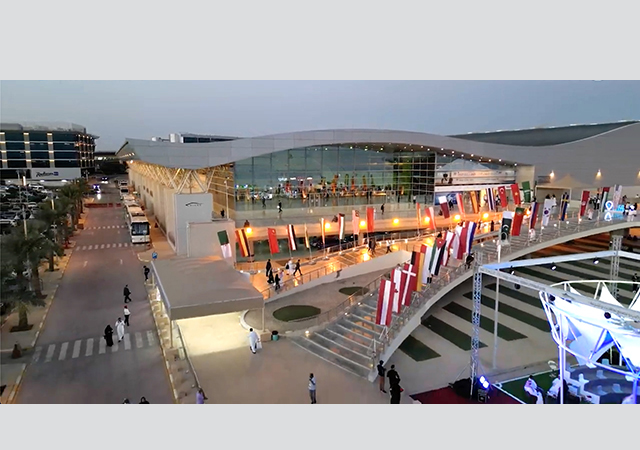
THE desire to showcase products to their best advantage is often frustrated by the intermediary of the glass between the observer and the display.
Whether a shop window displaying precious objects, jewellery, a showroom offering elegant furniture, fabrics or the latest luxury car, the reflection from the intervening glass distracts the eye and diminishes the impact of the display. This is most frustrating with museum showcases showing important artifacts or a favourite picture, work of art, when the beauty is impaired by the "rear view" reflection in vision, says John Reeves, technical manager, Gulf Glass Industries (GGI).
"Such observations have not gone unnoticed by GGI, who have listened to specifiers seeking to overcome problems of reflection and have now become the exclusive Middle East distributors for Luxar anti-reflective glass from Euroglass, Switzerland," he says.
"Luxar eliminates unwanted reflections wherever glass is "in between" the viewer and the display, providing a clear and well-defined view without compromise.
Where signage or advertising displays are likely to lose the impact of their message, due to the glass surface reflecting either sunlight or artificial illumination, Luxar anti-reflective glass provides the perfect solution, says Reeves.
He explains: "Reflections are the result of the different index of refraction on the surface substrates and that with each air/float glass interface, a small fraction of the propagating light will be reflected in accordance with the laws of physics and wave optics.
"The amount of reflection depends on individual material properties governed by the index of refraction of the materials involved.
"With air, the index of refraction is 1, whilst the index of refraction of a single surface for ordinary float glass is 1.52. This difference results in an air/float glass interface reflection of 4.3 per cent of the incoming light. However, monolithic float glass of course has two surfaces, which means that normally the amount of reflection is, in fact, double and in the instance of a double-glazed, insulating glass unit (four surfaces), the amount of reflection is virtually doubled again to approximately 16 per cent.
"Literally, light is being reflected back to the observer. During daylight hours, this is generally perceived as a fairly low contrast, but standing in a well-illuminated room at night and looking out, the amount of reflection even with clear glass becomes extremely obvious, almost giving the effect of a one-way mirror.
"As light enters the glass, it is reduced, due to the initial surface reflection down to 96 per cent, and is diminished still further by the absorption within the mass of the glass itself.
"The absorption also emphasises the inherent "greenish" tint in normal clear float glass, and it follows the thicker the glass, or the glass composition, the more evident the 'greenish' tint becomes.
"The impact in reduction of light transmission for a standard 6 mm clear float glass is around 11 per cent to 12 per cent. Effectively, more than 8 per cent is lost due to the reflection of the two surfaces plus the balance being absorbed due to the glass thickness. In insulating glass, there are four surfaces and correspondingly an increase in the total overall glass composition, the loss of light and increase in reflection is even more dramatic - 16 per cent in reflectivity and more than 20 per cent decrease in light transmission."
The ability to significantly reduce this amount of reflectivity makes Luxar anti-reflective glass a welcome addition to contemporary glass technology, for not only is reflectivity no longer of consequence, desirable light transmission is also increased, Reeves says.
Luxar multilayer optical thin film coatings, previously more commonly used for VDU monitors, act on the principle of destructive interference by shifting the visible light wave-length frequency to an angle of incidence which is lower than the residual reflection inherent on the surface of normal float glass.
"Contemporary glass coating technology has been able to provide Luxar with a durable surface at least as good as float glass and in consequence, we now have the ability to view more clearly the things we desire to view or to be seen, and at the same time enjoy improved light and contrast," says Reeves.
"Luxar takes away the glass 'barrier'. The seaview or garden seen through the hotel or villa window can now be incorporated as part of the total building design, with a product that as if by magic, becomes 'invisible' and makes the glass virtually disappear," he adds.


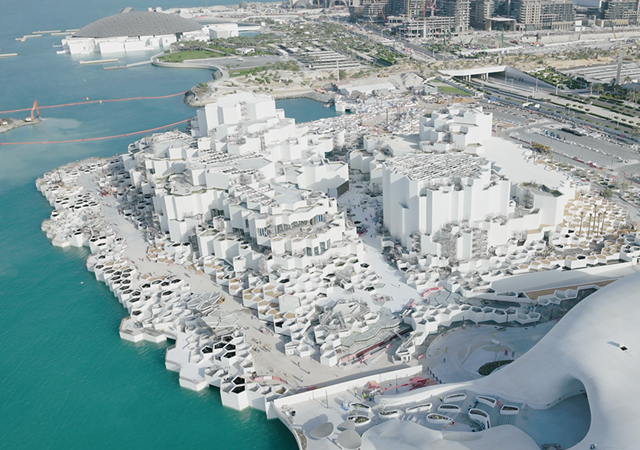
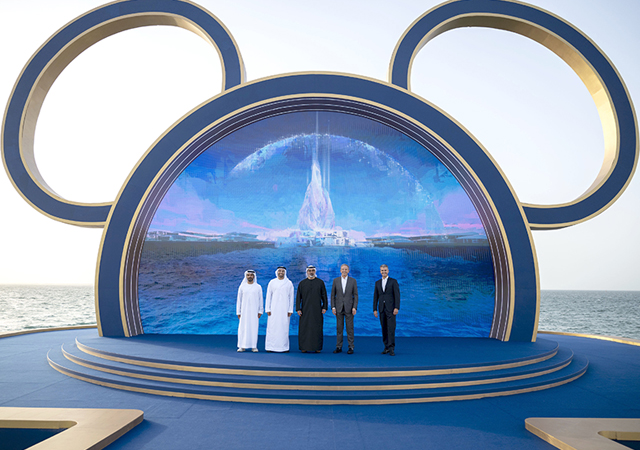

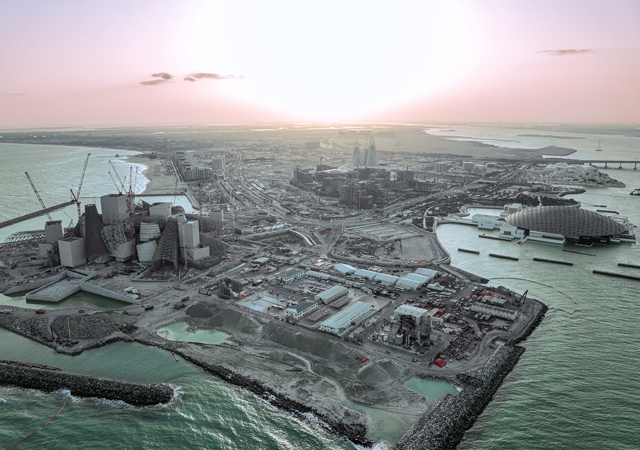
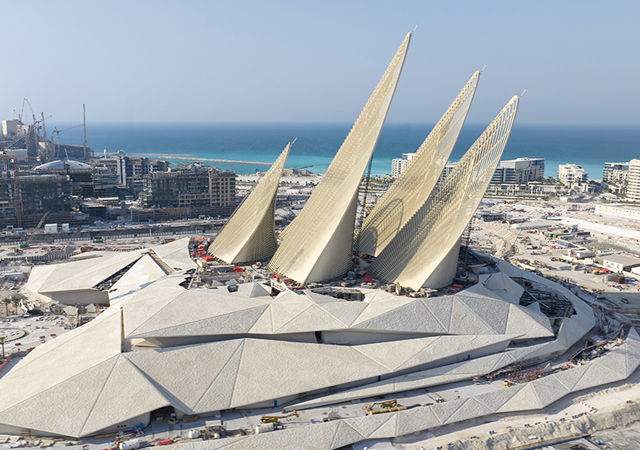
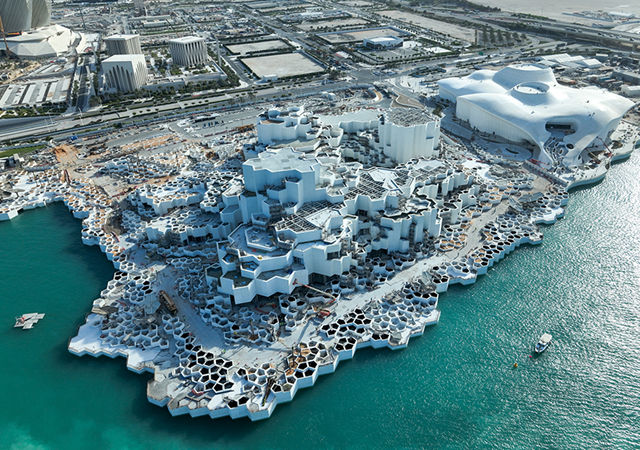
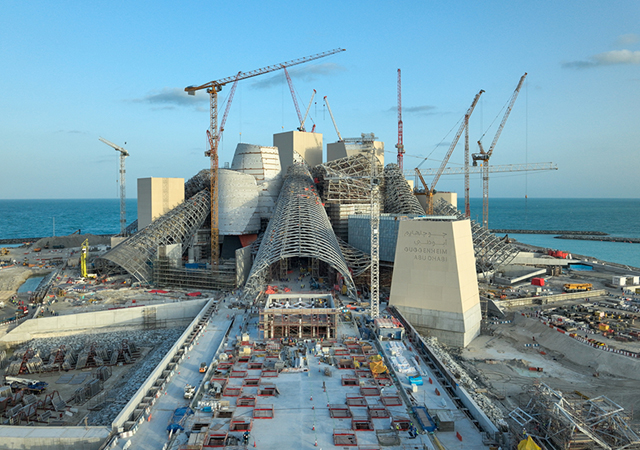
.jpg)

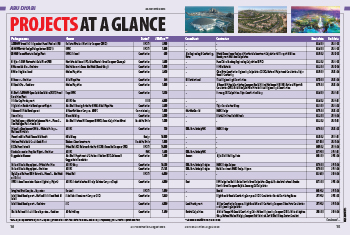
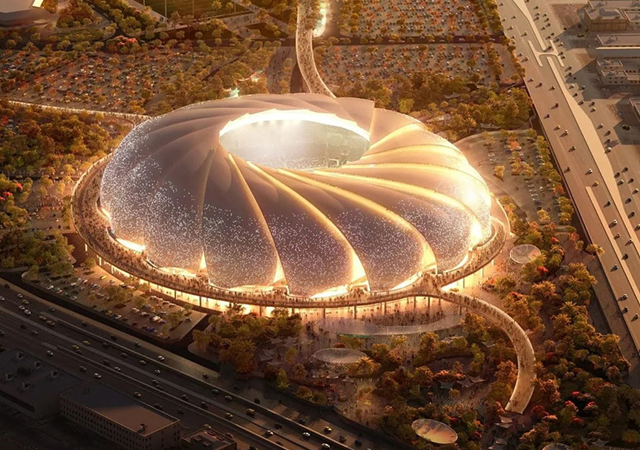


.jpg)
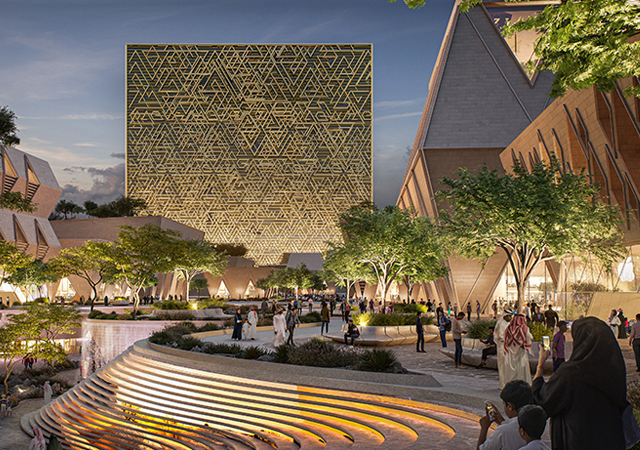
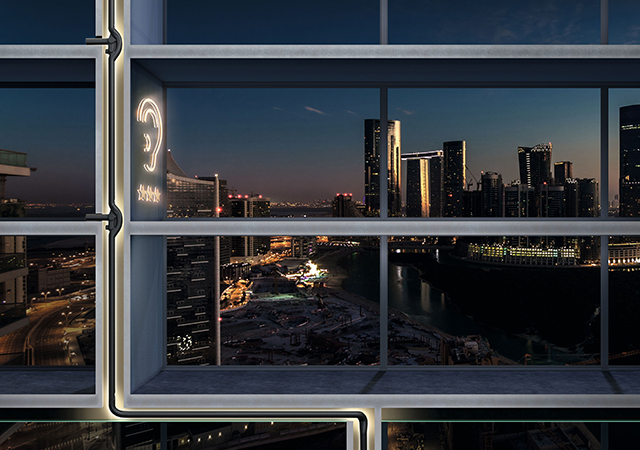
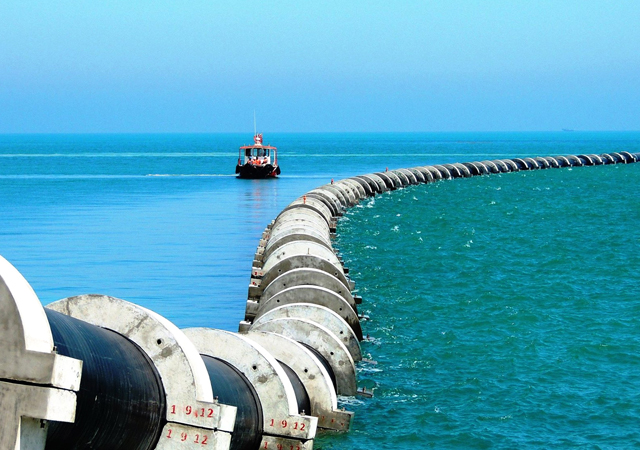


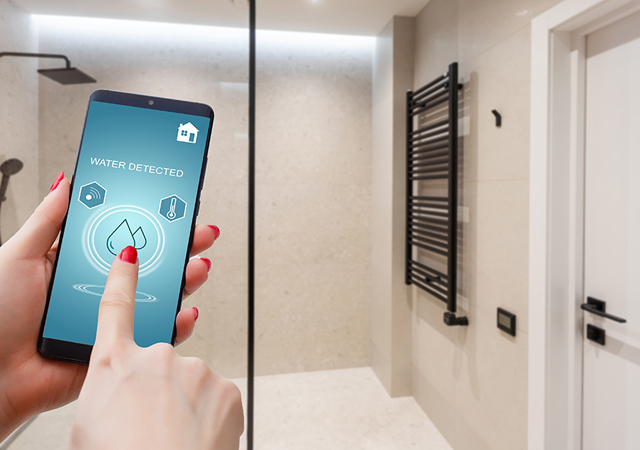



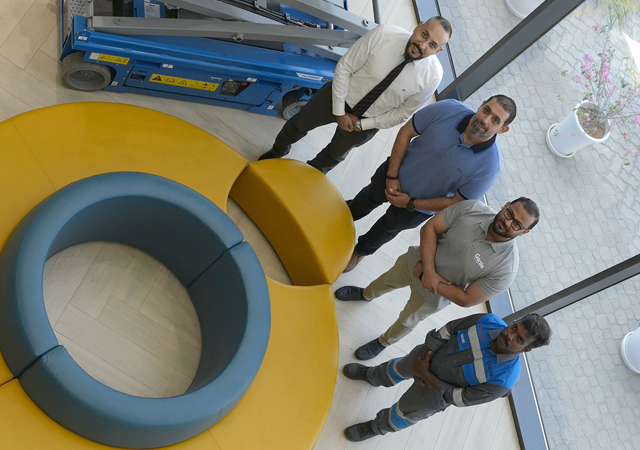

Doka (2).jpg)




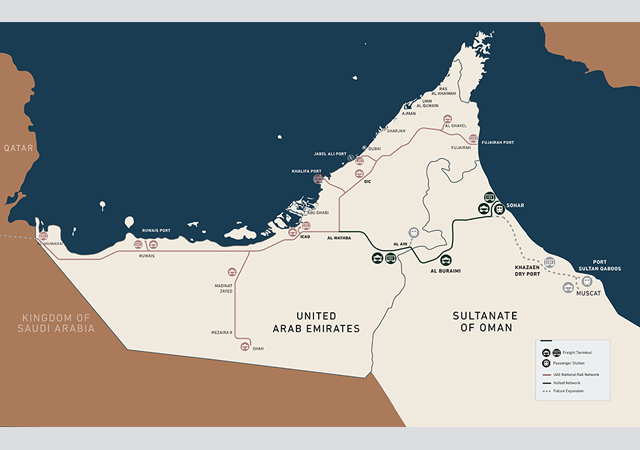

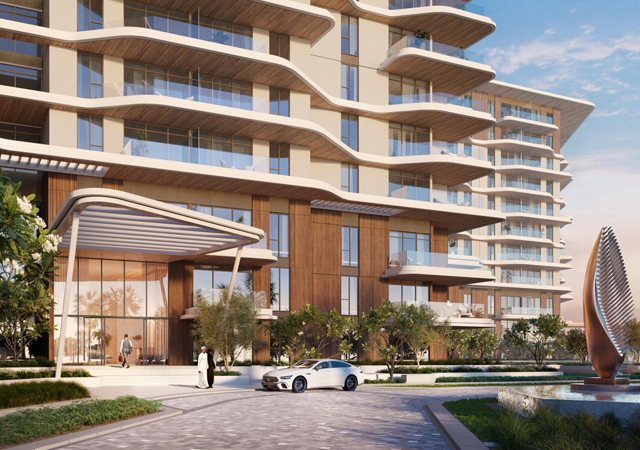

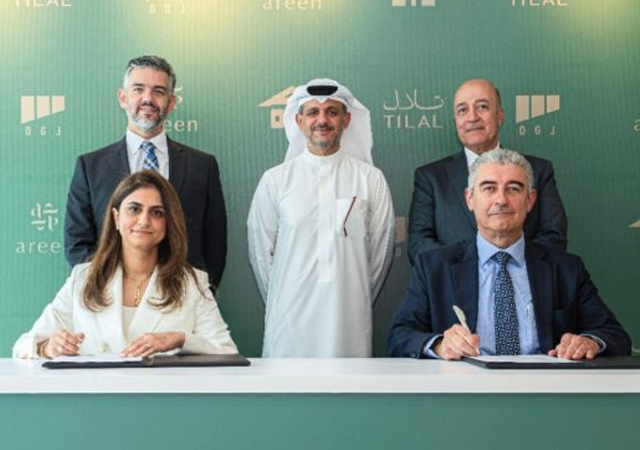
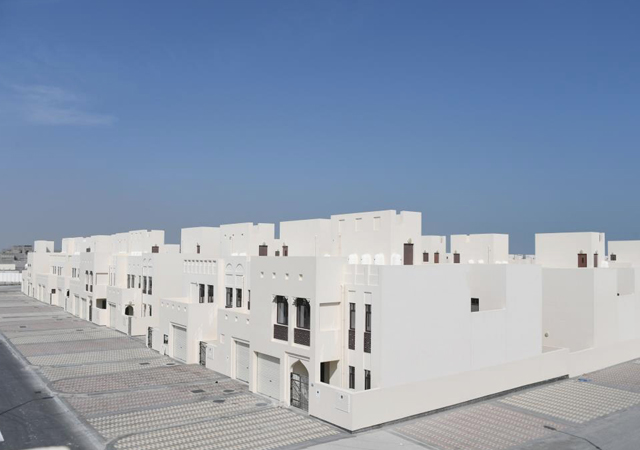

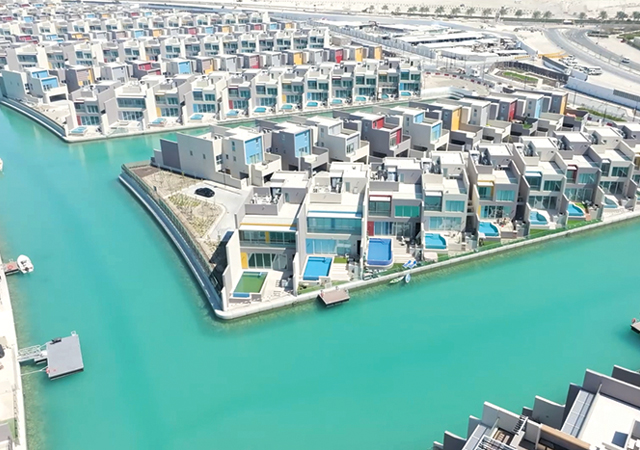
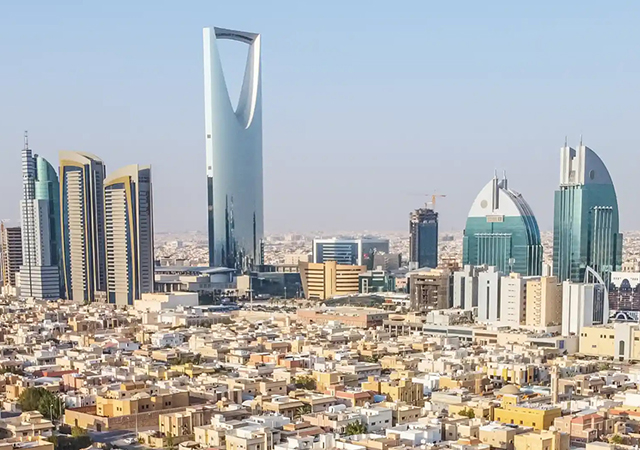




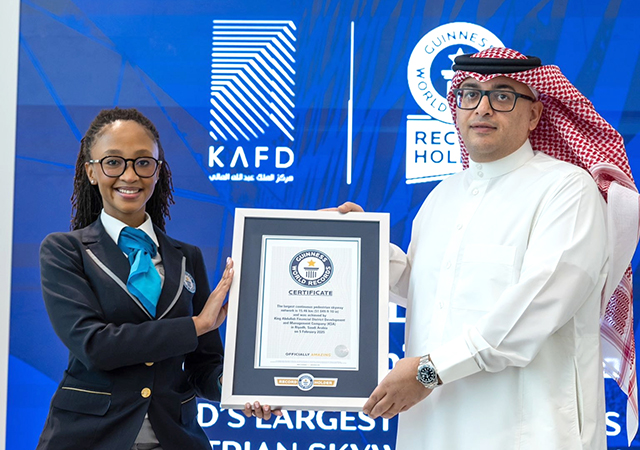




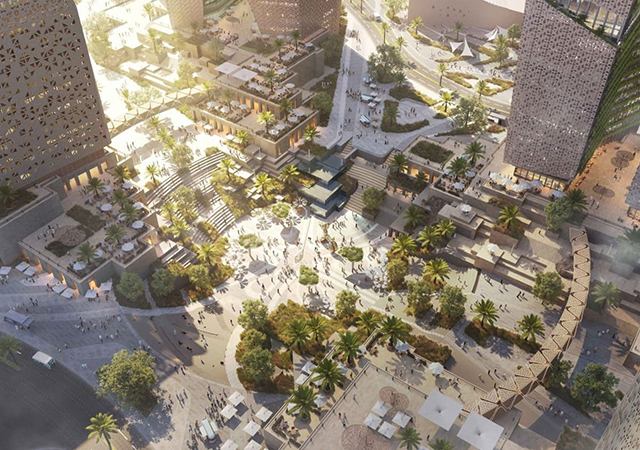

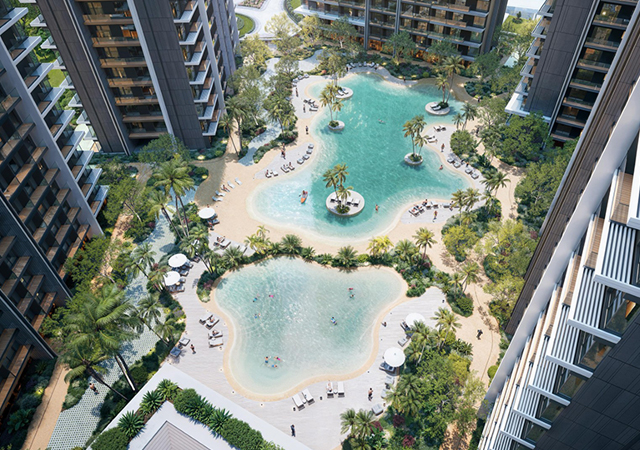
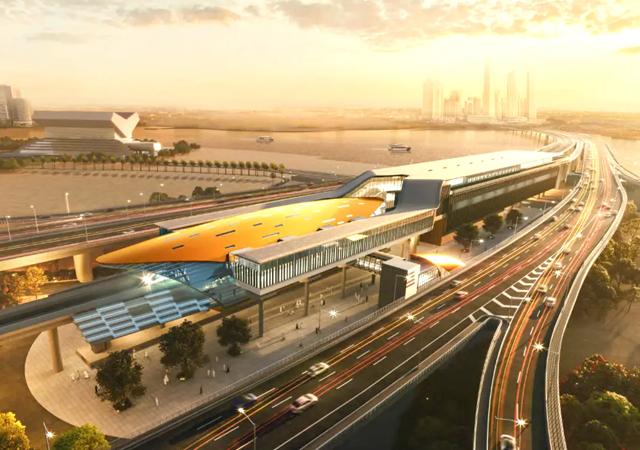
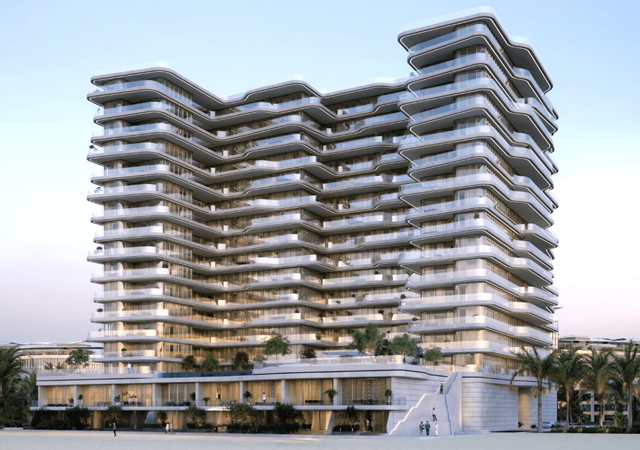






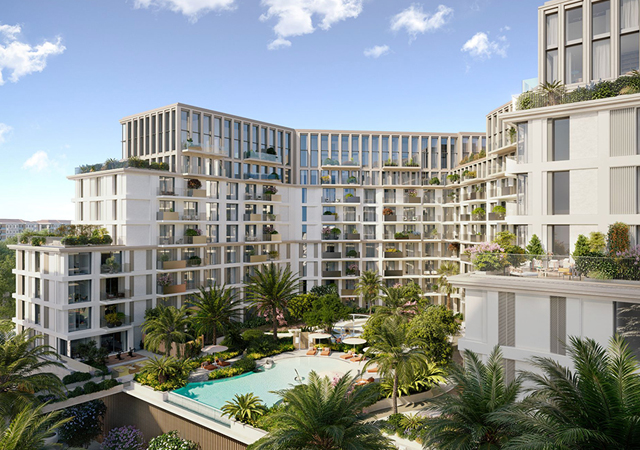



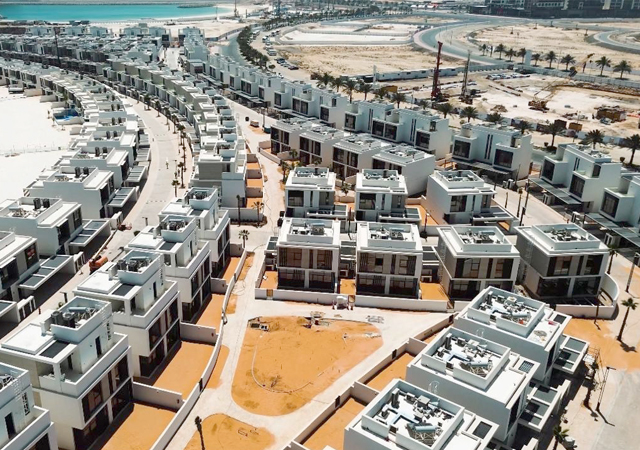
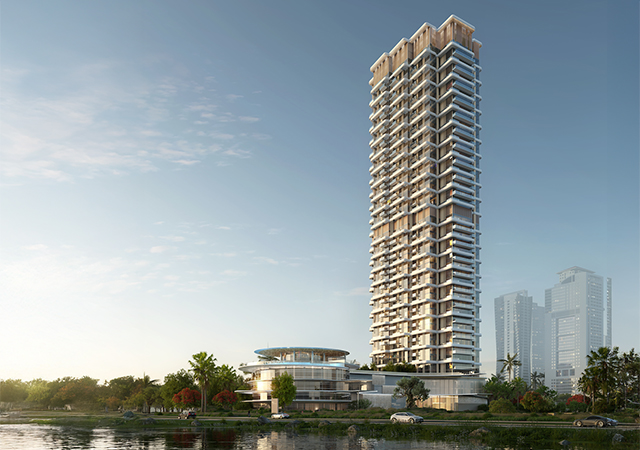

.jpg)
.jpg)

.jpg)
